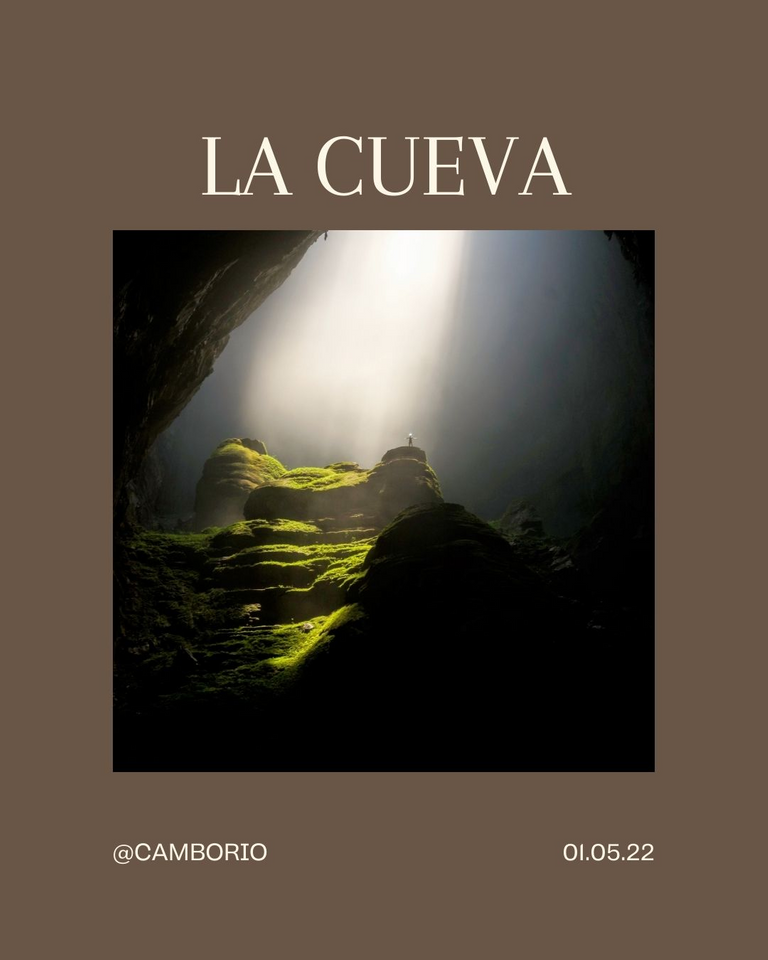
Saludos cálidos y fraternales a la comunidad HIVE. Presento a continuación, un breve relato inspirado en hechos históricos, leyendas y rumores que aún persisten en la ciudad de Upata, referido a una cueva horadada por esfuerzo humano, en tiempos coloniales-antes de 1817- en esta región de la Guayana Venezolana.
Warm and fraternal greetings to the HIVE community. I present below a brief story inspired by historical facts, legends and rumors that still persist in the city of Upata, referring to a cave drilled by human effort, in colonial times -before 1817- in this region of the Venezuelan Guayana.
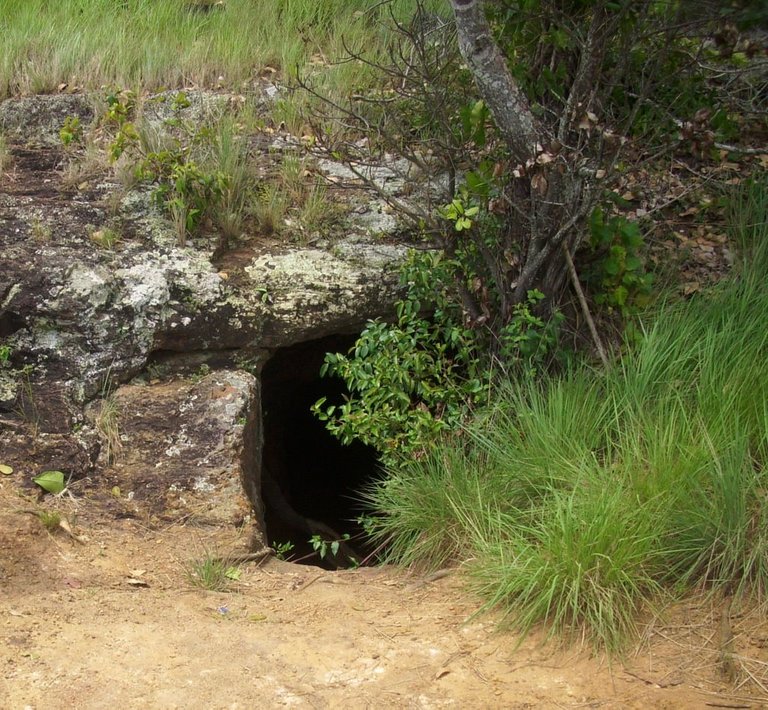
Upata está rodeada por siete- algunos aseguran que son nueve- cerros o pequeñas montañas. Uno de ellos es el cerro “El Toro”, el cual se erige como atalaya de la “Villa del Yocoima” - como también denominan a la ciudad- arriba, antes de llegar a la cima, se encuentra una cueva. La misma, durante 205 años ha dado origen a muchas leyendas, algunas muy distintas en su contenido, otras tienen el mismo núcleo, pero con diferentes personajes.
Una de estas leyendas, refiere que la cueva comenzó a elaborarse, antes de la llegada del general Manuel Piar a Upata- 06 de febrero de 1817- bajo la dirección de los curas Capuchinos, establecidos en esa localidad.
Los religiosos católicos eran los regentes o administradores de las “misiones” - estructuras de producción agrícola, pecuaria y de otros oficios- muy prósperas, gracias sobre todo, al trabajo forzado y esclavizado de los indígenas nativos de esas tierras; Los Guayanos, de la etnia Caribe, posiblemente los llamados hoy día: Pemones.
Upata is surrounded by seven - some say nine - hills or small mountains. One of them is the hill "El Toro", which stands as a watchtower of the "Villa del Yocoima" - as they also call the city - above, before reaching the top, there is a cave. For 205 years, this cave has given rise to many legends, some very different in content, others have the same core, but with different characters.
One of these legends refers that the cave began to be elaborated before the arrival of General Manuel Piar to Upata - February 6, 1817 - under the direction of the Capuchin priests, established in that locality.
The Catholic religious were the regents or administrators of the "missions" - structures of agricultural production, livestock and other trades - very prosperous, thanks above all, to the forced and enslaved labor of the native Indians of those lands; The Guayanos, of the Caribbean ethnic group, possibly called today: Pemones.
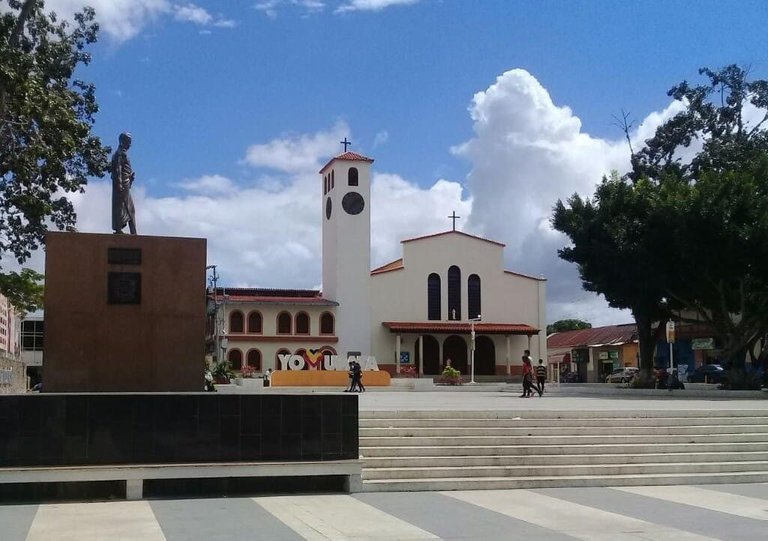
El relato dice, que desde mediado del año 1816, la llegada del ejército patriota a Upata, estaba trazado en la ruta de los libertadores, era un rumor con mucho ruido. Comentaban que toda la región oriental- Upata es parte del sur oriente de Venezuela- había sido tomada por el general Manuel Piar y otros oficiales, liberando la ciudad de Barcelona y que tenían sitiada a Angostura del Orinoco.
Los religiosos, en sus misas dominicales expresaban que eran los “sediciosos republicanos”, quienes con falsos rumores, intentaban infundir miedo en la población. Arengaban a los fieles, diciéndoles ¡Una vez derrotados los “felones traidores” por el invencible ejército de la corona española, las aguas volverían a su causé!
Aun así, y para tranquilizar a los creyentes y seguidores del reino de España, propusieron construir una cueva en lo alto del cerro El Toro. Allí resguardarían las reliquias de la iglesia y otras joyas de los vecinos, argumentando que había que ser “prevenido contra las trampas del diablo”.
Luego para tranquilizarlos exclamaban ¡Cuando el enemigo, perseguido por nuestros soldados, corra despavorido de nuestras tierras, subiremos al cerro y tomaremos nuestros bienes!
Durante meses, día tras día, los indios cavaron sin descanso la dura roca de la montaña, muchos de ellos murieron en la faena y fueron enterrados en los alrededores; luego los capuchinos junto a los vecinos fieles a España, guardaron sus tesoros, colocando una gruesa reja varios metros después de la entrada de la cueva. Dejando también allí encerrados, a los pocos indígenas sobrevivientes que trabajaron abriendo las entrañas del Cerro El Toro.
The story says that since the middle of 1816, the arrival of the patriot army to Upata was traced in the route of the liberators, it was a rumor with a lot of noise. It was said that the whole eastern region - Upata is part of the southeast of Venezuela - had been taken by General Manuel Piar and other officers, liberating the city of Barcelona and that Angostura del Orinoco was under siege.
The religious, in their Sunday masses, expressed that they were the "seditious republicans", who with false rumors, tried to instill fear in the population. They harangued the faithful, telling them that once the "traitorous felons" were defeated by the invincible army of the Spanish crown, the waters would return to their cause!
Even so, and to reassure the believers and followers of the kingdom of Spain, they proposed to build a cave at the top of El Toro hill. There they would guard the relics of the church and other jewels of the neighbors, arguing that it was necessary to be "forewarned against the devil's traps".Then, to reassure them, they would exclaim: "When the enemy, pursued by our soldiers, runs terrified from our lands, we will climb the hill and take our goods!
For months, day after day, the Indians dug without rest the hard rock of the mountain, many of them died in the task and were buried in the surroundings; then the Capuchins together with the neighbors faithful to Spain, kept their treasures, placing a thick fence several meters after the entrance of the cave. Leaving the few surviving Indians who worked opening the entrails of Cerro El Toro locked up there as well.
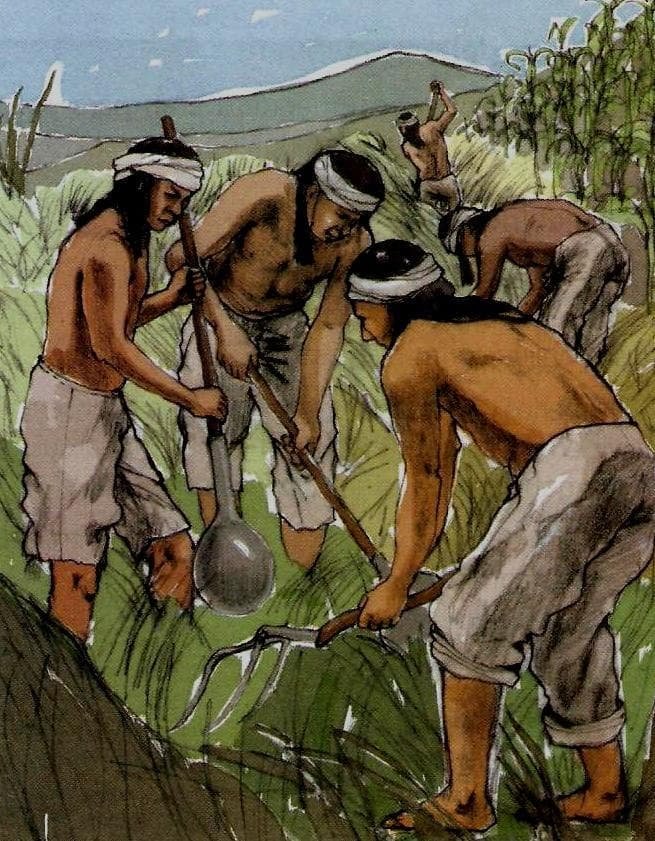
Sin embargo, los religiosos no tuvieron tiempo de sellar la cueva, puesto que a finales del año 1816, la llegada del general Piar era inminente. Por cada rincón del poblado se escuchaba “el general Piar cruzó el Caroní” “el ejército patriota está llegando”.
Ciertamente, ya no eran rumores, sino certeza. El 05 de febrero de 1817 ¡El general Manuel Piar, venía por los caminos de “Caruachi”, hacia “Sabaneta”; y en cualquier momento llegaría a Upata! Todos aquellos que temían al ejército patriota -capuchinos y seguidores de la corona española- huyeron dejando abierta la entrada de la caverna.
Luego de la gesta libertadora, Upata siguió siendo lugar de agricultura y ganadería, ciudad de encantos rurales por muchos años, hasta la llegada de “La Bulla”-descubrimiento de veta- del oro acaecida en el Callao; pueblo cercano a Upata. Seguidamente, llegaron las “empresas básicas” del hierro y el aluminio, situadas en las cercanías-hoy Ciudad Guayana- y la frescura de aquella Upata, casi aislada en medio de la selva guayanesa, se perdió.
Durante más de cuarenta años he indagado sobre el destino de los “famosos tesoros” de la cueva del cerro El Toro. Hasta hoy, ninguna explicación ha sido satisfactoria: “Los curas se los llevaron”, “el ejército patriota los utilizó para comprar armas y comida” “se lo robaron en la época de Guzmán Blanco” o está otra, intentando ser reivindicativa “los indígenas encerrados vivos, lograron salir por uno de los socavones y se llevaron los tesoros, escondiéndolos en un lugar hasta ahora nunca encontrado”.
Lo que sigue repitiendo la gente actualmente- en especial los vecinos que viven al pie del cerro El Toro- es que en algunas noches de diciembre, el viento trae consigo, los gritos y lamentos de los desgraciados indígenas, condenados a cavar una cueva, que al final solo sirvió para sepultarlos, como mártires inocentes de esta pérfida y cruel etapa de nuestra historia; como fue la esclavitud impuesta por los invasores españoles a los pueblos originarios de “Nuestramérica”.
However, the religious did not have time to seal the cave, since at the end of 1816, the arrival of General Piar was imminent. In every corner of the town one could hear "General Piar crossed the Caroní" "the patriot army is arriving".
Certainly, these were no longer rumors, but certainty. On February 5th, 1817, General Manuel Piar was coming through the roads of "Caruachi", towards "Sabaneta"; and at any moment he would arrive in Upata! All those who feared the patriot army - Capuchins and followers of the Spanish crown - fled leaving the entrance of the cavern open.
After the liberating deed, Upata continued to be a place of agriculture and cattle raising, a city of rural charms for many years, until the arrival of "La Bulla" -the discovery of the gold vein- which took place in Callao, a town near Upata.
Then came the arrival of the "basic companies" of iron and aluminum, located nearby - today Ciudad Guayana - and the freshness of that Upata, almost isolated in the middle of the Guayana jungle, was lost.
For more than forty years I have inquired about the fate of the "famous treasures" of the cave of El Toro hill. Until today, no explanation has been satisfactory: "The priests took them", "the patriot army used them to buy weapons and food" "they stole them during the time of Guzmán Blanco" or there is another one, trying to be vindicating "the Indians, locked up alive, managed to get out through one of the holes and took the treasures, hiding them in a place that has never been found until now".
What people keep repeating nowadays -especially the neighbors who live at the foot of El Toro hill- is that in some nights of December, the wind brings with it, the screams and laments of the unfortunate natives, condemned to dig a cave, which in the end only served to bury them, as innocent martyrs of this perfidious and cruel stage of our history; as was the slavery imposed by the Spanish invaders to the original peoples of "Nuestramérica".

Me despido agradeciendo siempre vuestra paciencia, para leer mis cortas notas. Hasta pronto.
I take my leave, always thanking you for your patience to read my short notes. See you soon.
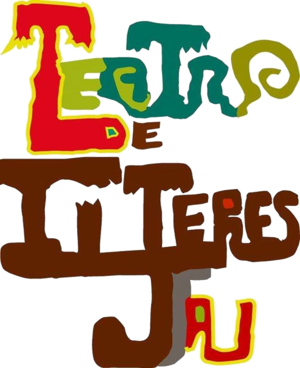


Esta publicación ha recibido el voto de Literatos, la comunidad de literatura en español en Hive y ha sido compartido en el blog de nuestra cuenta.
¿Quieres contribuir a engrandecer este proyecto? ¡Haz clic aquí y entérate cómo!